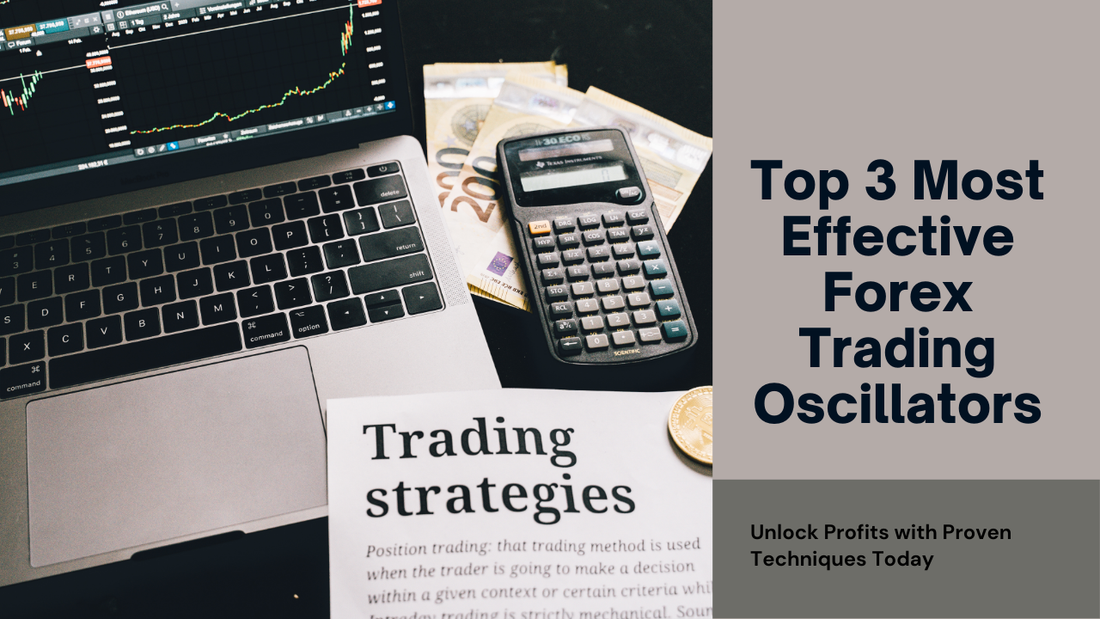
Top 3 Most Effective Forex Trading Oscillators
Share
When it comes to Forex trading, having the right tools at your disposal can make all the difference. One key tool that traders often rely on is oscillators. These technical indicators help traders identify overbought or oversold conditions in the market, providing valuable insights for making informed trading decisions. In this blog post, we will explore the top 3 most effective Forex trading oscillators that can help you maximize your trading potential.
What is an Oscillator in Forex Trading?
Before diving into the top oscillators, it's important to understand what an oscillator is in the context of Forex trading. An oscillator is a technical indicator that fluctuates above and below a centerline, indicating momentum and potential trend reversals. Traders use oscillators to identify entry and exit points in the market based on overbought or oversold conditions.
RSI (Relative Strength Index)
The Relative Strength Index, or RSI, is a popular oscillator that measures the speed and change of price movements. RSI oscillates between 0 and 100 and is typically used to identify overbought or oversold conditions. A reading above 70 indicates overbought conditions, while a reading below 30 indicates oversold conditions. Traders often use RSI to confirm trends and spot potential trend reversals.
MACD (Moving Average Convergence Divergence)
Another powerful oscillator in Forex trading is the Moving Average Convergence Divergence, or MACD. MACD consists of two moving averages that help traders identify trend direction and momentum. Traders look for crossovers between the MACD line and the signal line to generate buy or sell signals. Additionally, the MACD histogram can provide insights into the strength of a trend.
Stochastic Oscillator
The Stochastic Oscillator is a momentum oscillator that compares a security's closing price to its price range over a specific period of time. The oscillator consists of two lines, %K and %D, which fluctuate between 0 and 100. Traders use the Stochastic Oscillator to identify potential trend reversals and overbought or oversold conditions. Crosses above 80 indicate overbought conditions, while crosses below 20 indicate oversold conditions.
By incorporating these top 3 oscillators into your Forex trading strategy, you can gain valuable insights into market dynamics and make more informed trading decisions. Remember to combine oscillators with other technical analysis tools for a comprehensive approach to trading. Stay disciplined, stick to your trading plan, and always prioritize risk management to maximize your trading potential.



